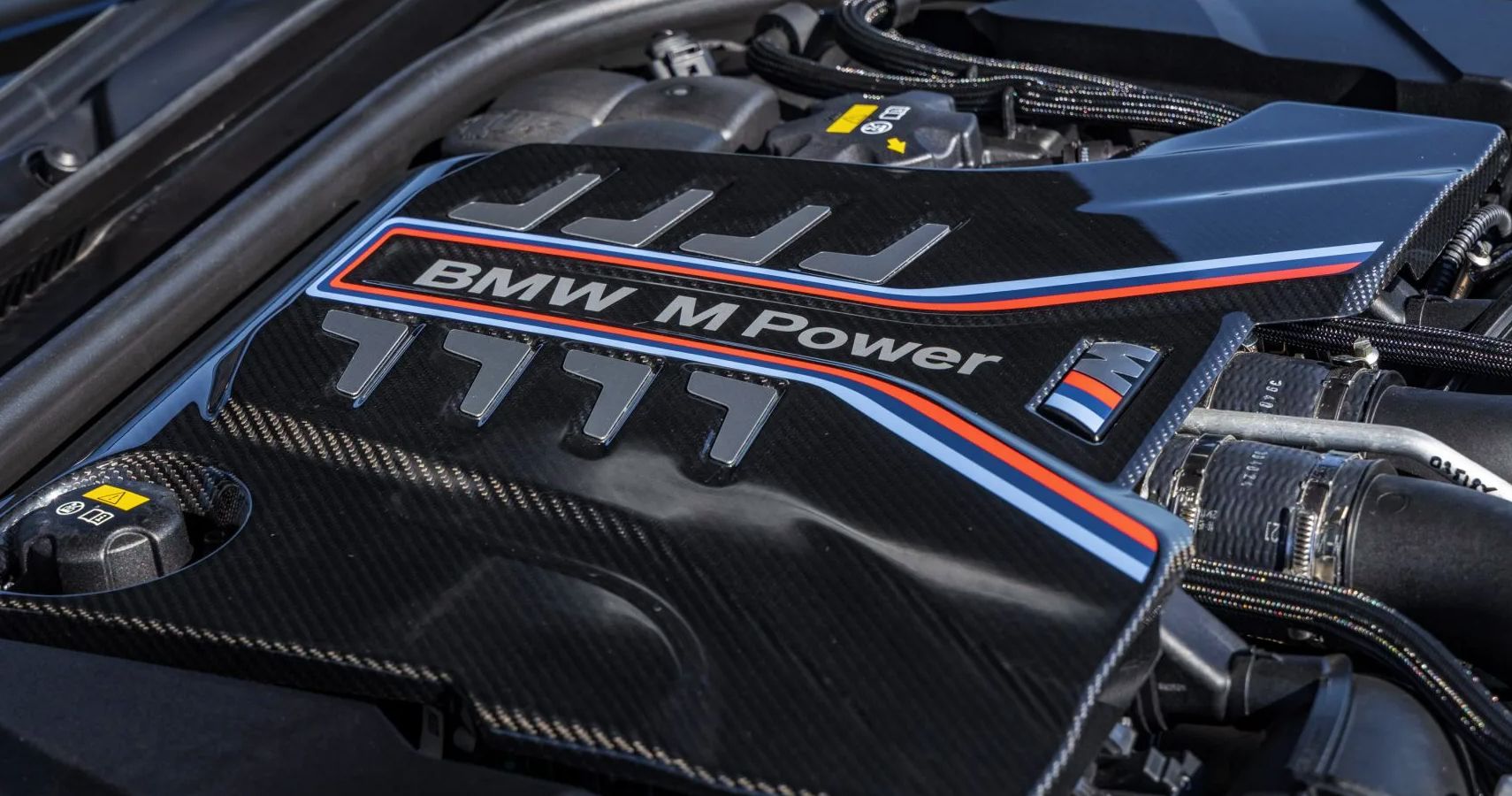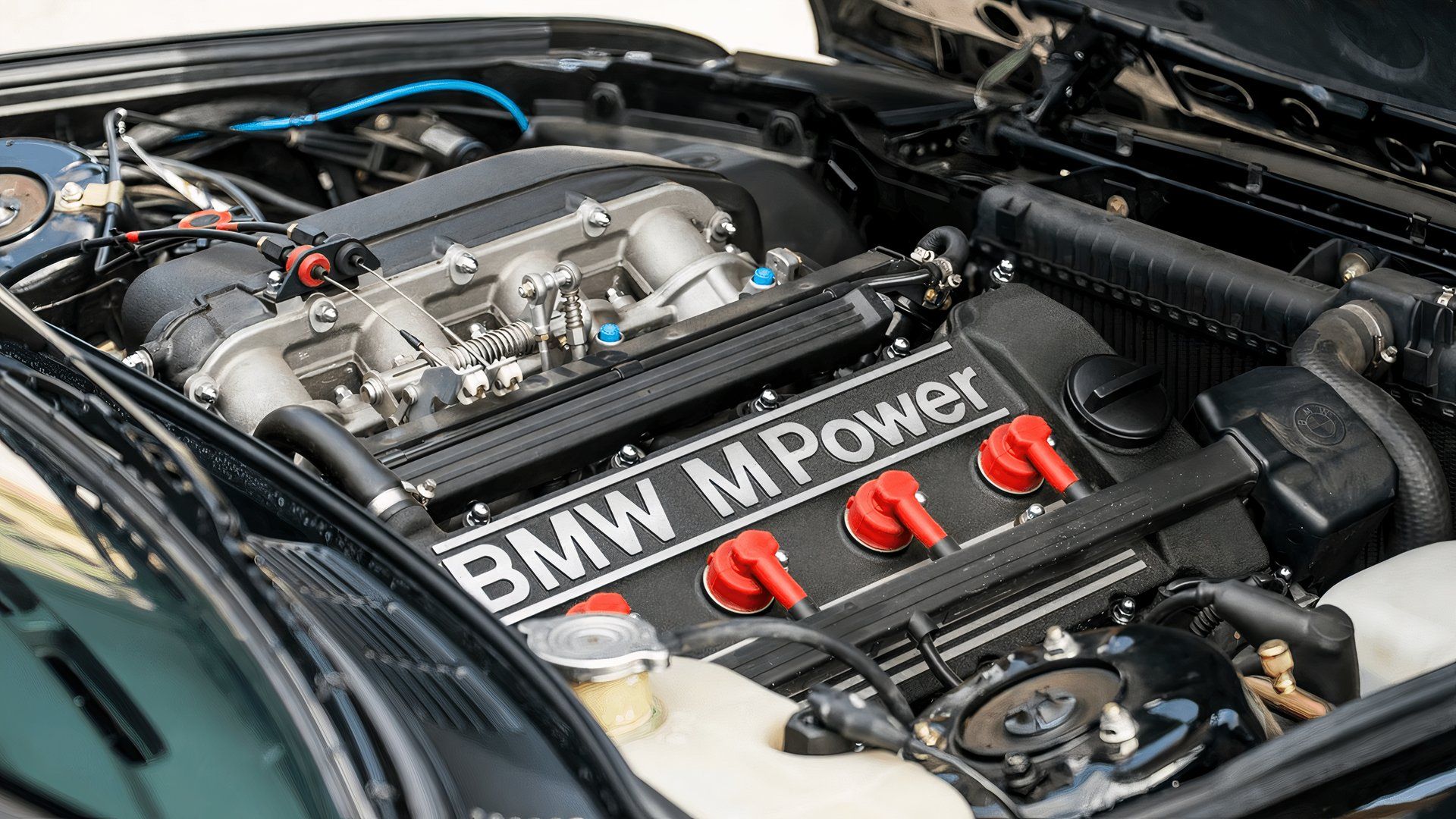Discovering the Advancement of Burning Engines in Modern Transport Solutions
As we browse the landscape of contemporary transport, the development of combustion engines stands as a testimony to human ingenuity and design prowess. From their humble starts to the sophisticated powerhouses propelling lorries today, burning engines have undergone a remarkable trip of innovation and adaptation. Comprehending the details of this development not only clarifies the past however additionally leads the way for envisioning what lies ahead in the world of transport technology. The interplay of history, innovation, and environmental problems in forming the trajectory of burning engines develops a story that is both informative and compelling.
Very Early Beginnings of Combustion Engines
How did the concept of combustion engines first emerge in the early phases of transport growth? The roots of combustion engines can be traced back to the 17th century when the principles of internal burning were initial discovered.
The breakthrough minute featured the creation of the first successful gasoline-powered engine by Karl Benz in 1885 - bmw engine. This engine paved the method for the advancement of the modern auto, revolutionizing transport systems worldwide. Succeeding developments by Nikolaus Otto and Gottlieb Daimler better refined burning engine modern technology, bring about the mass production of cars and the quick growth of the transport industry
These early burning engines were identified by their simpleness and effectiveness, laying the structure for the complicated and effective engines utilized in contemporary transport systems. The evolution of burning engines has been instrumental fit the means we take a trip and move goods, marking a considerable landmark in the background of transportation advancement.
Change to Internal Burning Modern Technology
The change to interior combustion technology noted a crucial change in the evolution of transportation systems. This shift started in the late 19th century, with developers like Nikolaus Otto and Gottlieb Daimler establishing the first effective internal burning engines. These engines changed transportation by offering a more powerful and effective option to vapor engines and electric motors.
One of the vital benefits of internal burning engines was their ability to be reduced to match vehicles, bring about the advancement of cars and bikes. This shift from cumbersome, stationary engines to compact, mobile ones led the means for the modern-day transport systems we see today.
The transition to internal combustion technology also spurred developments in fuel modern technology, resulting in the advancement of gasoline and diesel as primary fuel resources for cars. This change not just made transportation extra easily accessible to the masses however likewise laid the structure for the oil and gas market to end up being essential to global economic climates.
Effect of Combustion Engines on Transportation
The adoption of combustion engines in transportation systems militarized a profound change in the effectiveness and rate of global flexibility. Burning engines reinvented transport by supplying a trustworthy and flexible resource of power for numerous vehicles, consisting of vehicles, ships, trucks, and planes. This advancement considerably boosted the ability for products and people to conform fars away in shorter timespan, resulting in boosted connectivity between areas and nations.
Furthermore, the widespread usage of combustion engines has actually had a considerable impact on economic growth. The capability to carry goods efficiently has spurred profession and commerce, enabling check out here companies to increase their markets and get to consumers worldwide. This has facilitated financial development and globalization, as products can currently be carried quicker and in larger amounts than ever.
However, the ecological influence of burning engines can not be ignored. The combustion of nonrenewable fuel sources has brought about air contamination and greenhouse gas exhausts, adding to environment change and presenting health risks to populations. bmw engine. Because of this, there is a growing focus on developing you could try this out different propulsion modern technologies to alleviate these negative results and create a more lasting future for transportation
Innovations in Burning Engine Style
One notable development is the growth of turbocharged engines, which make use of exhaust gases to drive a generator that compresses incoming air, permitting for even more gas to be burnt, resulting in raised power outcome without a considerable increase in engine size. Variable shutoff timing systems have actually additionally reinvented engine layout by optimizing air movement at various engine speeds, boosting both power and effectiveness. These developments jointly contribute to the constant renovation of burning engines in modern-day transport systems.
Future Fads in Combustion Engine Development
With technology improvements driving continual development, the future of burning try these out engine advancement is positioned to reinvent transportation systems globally. Among the vital patterns in combustion engine growth is the push in the direction of greater effectiveness and lowered exhausts. Producers are investing greatly in r & d to enhance engine efficiency while meeting rigorous environmental laws. This includes the integration of innovative fuel shot systems, improved turbocharging approaches, and using lightweight products to maximize gas usage and decrease carbon exhausts.
An additional prominent trend is the fostering of hybrid innovations in combustion engines. Crossbreed engines combine typical burning innovation with electric power, offering improved fuel effectiveness and reduced emissions. As the vehicle sector shifts in the direction of electrification, hybrid burning engines are seen as a transitional remedy that connects the void in between standard lorries and totally electric ones.
Additionally, the assimilation of clever innovations, such as synthetic knowledge and information analytics, is expected to play a significant role in the future of combustion engine advancement. These technologies can maximize engine efficiency in real-time, causing much more effective combustion processes and improved overall lorry efficiency. Welcoming these future patterns will certainly not only drive development in burning engine advancement but likewise add to a much more environmentally pleasant and lasting transportation ecological community.

Verdict
Finally, the advancement of combustion engines in modern transport systems has actually been noted by significant advancements in technology and layout. From the early starts of combustion engines to the shift to inner combustion technology, these engines have had a profound effect on transport. Advancements in combustion engine design remain to drive progression in this field, with future fads focusing on additional enhancing efficiency and lowering emissions. The future of burning engines in transport looks promising as r & d efforts continue to push limits.
The origins of combustion engines can be traced back to the 17th century when the principles of interior burning were first discovered. These engines revolutionized transportation by supplying an extra powerful and effective alternative to heavy steam engines and electric motors.
